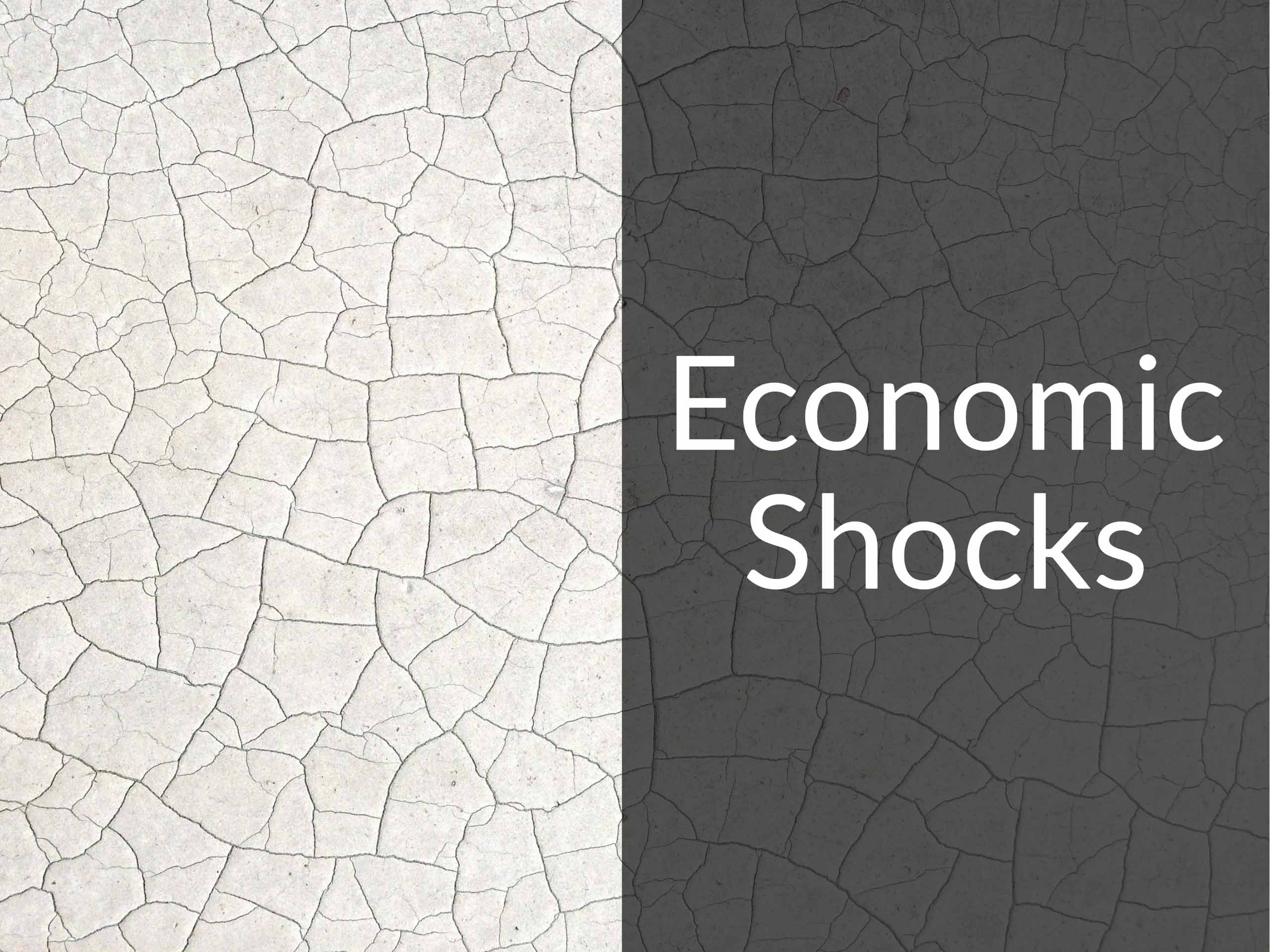Why most households are in better financial shape than prior to the pandemic, but remain frustrated at their lack of economic progress.

Topics covered include:
- How consumer sentiment surveys are designed and their current findings.
- Reasons behind consumer frustration with increasing prices amidst declining inflation rates.
- The magnitude of the inflation shock and its underlying causes.
- The concept of reference prices and their significant role in shaping consumer sentiment.
- Factors contributing to the high levels of economic uncertainty among households.
- Key elements required for enhancing consumer confidence in their economic future.
- The political repercussions stemming from widespread economic dissatisfaction.
Show Notes
Surveys of Consumers—University of Michigan
Consumer sentiment climbs amid split views on business outlook—University of Michigan
The Purchasing Power of American Households—U.S. Department of the Treasury
Unemployment Rate—St. Louis Fed
Kraft Heinz ups ad spend, changes leadership by Christopher Lombardo—Strategy
Covid-19 Coronavirus Pandemic—Worldometer
Episode Sponsors
Betterment – the automated investing and savings app
Long Angle is a private community of 2,500 very high net worth investors who leverage their collective expertise and scale to access and underwrite some of the world’s best alternative asset investments. Learn more here.
Related Episodes
380: How Stories Drive Our Happiness and Financial Success
294: How Stories Go Viral and Drive Economic Events
286: Coronavirus and the Financial Impact of Pandemics
Transcript
Welcome to Money for the Rest of Us. This is a personal finance show on money, how it works, how to invest it, and how to live without worrying about it. I’m your host, David Stein. Today is episode 472. It’s titled “Is the Economy as Bad as People Think?”
Current State of the U.S. Economy
In the US, the unemployment rate has been under 4% for two years. That’s the best stretch of unemployment since the 1950s. The latest inflation numbers, the US Consumer Price Index, it increased only 3.2% for the year ending February 2024. That’s down substantially from 2023 and 2022. Real wages for US workers are higher now than they were prior to the pandemic.
In other words, US workers, after adjusting for inflation, are making more money than they were four years ago. Yet surveys of US consumer sentiment show not only did consumer sentiment hit its lowest level ever in mid-2022, but the level of consumer sentiment is still well below what it was prior to the pandemic.
Why is there this disconnect between economic progress and how we feel about the economy? That’s what we’ll explore in today’s episode. But first, we’re going to recognize that yeah, the economy is doing better in aggregate, but it’s always doing worse for somebody. Individuals who have lost their jobs, individuals who can’t afford to pay rent. I was speaking with a friend yesterday that lives in Phoenix and has had to downgrade their living situation, because rents have shot up so high there and in many other places around the country.
How Consumer Sentiment Is Measured
First, let’s take a look at how consumer sentiment is measured. One of the longest-running surveys of consumers is the University of Michigan Survey. It started in 1946, and they do an index of consumer sentiment. It’s derived from five core questions. They asked consumers about their personal financial situation today, compared to a year prior. They asked consumers about their expectation for their personal financial situation a year from now. They asked about overall economic conditions and to rate the current economy. They asked consumers about their short-term economic outlook, and for their long-term economic outlook for the next five years.
500 consumers are sampled each month. The way that the surveys work is the base index level is 100. That’s back in 1966. And if we look at the latest, these are preliminary results from March 2024. They were just released this morning, and it shows that the index of consumer sentiment is at 76.5. So down slightly from February, but still 25% below what it was prior to the pandemic.
Now, there’s been a big increase in consumer sentiment. It’s up 29% From what it was back in November 2023, and that’s the biggest two-month increase since 1991. So there has been some improvement, but consumers still are cautious and dispirited regarding the US economy.
That’s for the overall index of consumer sentiment.
If we look at their current financial situation versus a year ago, there’s a 15 percentage points gap in terms of those that feel worse, worse about their situation now versus a year ago, compared to those that feel that they’re better off. More feel worse than feel better off. And then if they’re asked “What is causing that economic angst? Why consumers feel worse off? Why do they have a negative outlook on US economy?”, it comes down to higher prices. Over 40% give higher prices, inflation, price increases as the reason they feel worse about their personal finances.
As a Money For the Rest of Us Plus member, you are able to listen to the podcast in an ad-free format and have access to the written transcript for each week’s episode. For listeners with hearing or other impairments that would like access to transcripts please send an email to team@moneyfortherestofus.com Learn More About Plus Membership »
